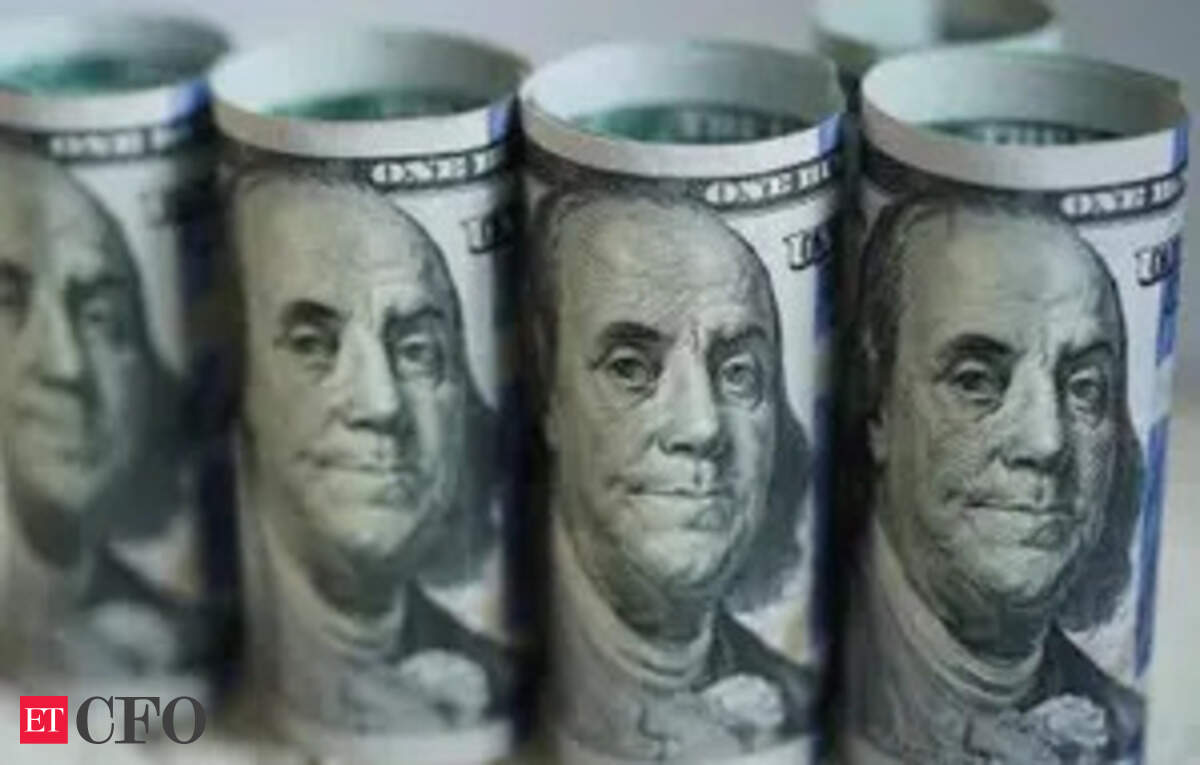This applies to the exceeding of payments or credits £20,000 on or after 1 April 2025, which attract TDs at 10%. This £20,000 is a combined limit for both interest and reward (including bonus, committee and salary). No TDS is required from the share of the profit that is credited or paid to a partner.
According to the general law, a partnership agency is not a legal entity that is independent of its partners – it is a group of partners. However, according to the laws of income tax, a partnership office is a taxable entity, separately taxed by its partners.
However, the tax obligation on the company’s profit is split into 2 parts: the interest and rewards paid to partners are permitted as a deduction to the company while calculating its taxable profit, but are taxed in the hands of the receiving partners. The company pays tax on the balance profit and the profit after tax is tax-free distributed to partners, because the company has already borne the tax.
There is a limit for the reimbursement and interest that can be paid to partners, who can be claimed as a deduction. The interest of more than 12% per year is not deductible, and the reimbursement that is permitted as a deduction is a percentage of the company’s book profits – 90% of the first £3 Lakh and 60% of the balance book winnings.
If the actual remuneration and the interest paid are higher than the permitted amount, the surplus amount that is rejected to the company will be exempt from taxes in the hands of the partners, which avoids double taxation.
Read also | Angel Investing in India: High Rewards, High Risks – how to navigate through the landscape
An impossible task
In their partnership deed for reimbursements to partners, most partnership companies offer in their partnership deed according to the formula for the maximum permitted allowance. That is why the actual amount of the remuneration is only known after the bills have been completed and the profit is determined at the end of the financial year.
Partners sign money from the company during the year from time to time, which are adapted to the completion of accounts for their compensation and profit share.
The difficulty that will occur now is that TDS applies to payment or credit, depending on what is earlier. When the actual payment is made by the company, this is a payment in the field of account against both reward and share of the profit-de bifurcation is only known well after the end of the year.
Would this require tax to be deducted at the time of payment? How can the company determine the compensation paid and deduct TDS? This is an impossible task.
Or should TDs only be done at the end of the financial year when the reimbursement is determined and credited on the partner’s account?
There is no clear answer to this, and unfortunately the tax authorities can take a negative view that TDS was not deducted at the time of payment.
Read also | Transform the growth platform of Innovators: The path of India to escape from the fall of the middle incomes
Navigating through the new TDs
In the absence of any clarification by the Central Council of Direct Taxes, companies could provide for a fixed amount of reward that can be paid to partners, instead of having calculated a variable compensation on the basis of a formula.
Unfortunately, there is no provision to obtain a certificate for lower TDs of the tax authorities, as is possible for other types of TDs. Given the low threshold of £20,000, partners with an annual income up to about £15 Lakh can see a higher TDS than their actual tax obligation. They should submit a tax refund after they have submitted their tax return, resulting in blockage of funds.
Another complication is that if the taxable reimbursement is lower than that actually paid due to lower profit, the resulting higher TDs, the partners can receive a notification in which it is requested why their income that is offered to taxes is lower than that reflects in their TDS entry (form 26AS).
Partnership companies are obliged to provide full details about their partners, including pan details, reward, interest and share of the profit, in their tax returns. It is therefore easily possible for the tax department to verify whether the partners have submitted their tax returns and have announced the correct income from the Partnership Office to their returns.
The introduction of TDS to such payments has unnecessarily increased compliance with partnerships for small companies without any real benefit for the tax department.
Read also | Why you should protect your bank deposits and how you can do this
Gautam Nayak is a partner at CNK & Associates LLP. Views are personal.










